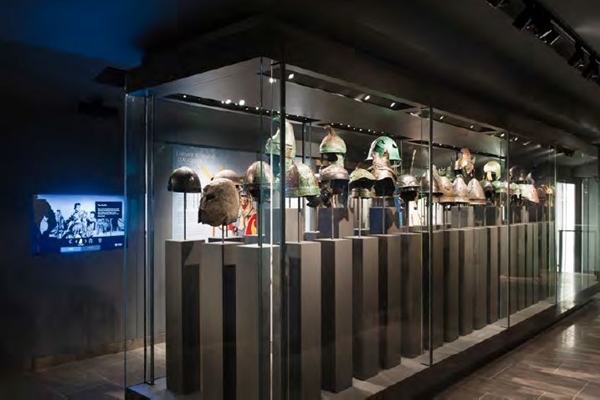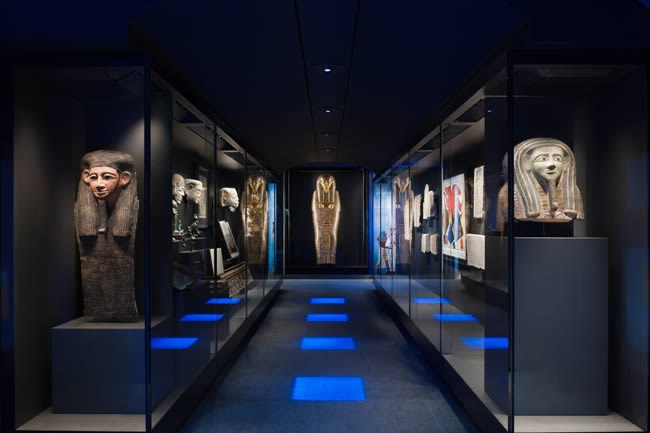Analysis
Hedge Funder Makes Smart Bet on Antiquities

Photo: Couortesy Musee d' art classique de Mougins.

Eileen Kinsella


Inside the Musée d’art classique de Mougins.
Photo: Courtesy Musée d’art classique de Mougins.
The New York Times has a fascinating, if envy-inducing profile of Christian Levett, 44, a British born-financier who made his fortune trading commodities in France and used it to amass a highly-regarded collection of antiquities. According to the story, the “scores of Greek hoplite helmets, Roman greaves and shields, along with Egyptian sarcophogi, Greek statues and ancient glass,” are the “crown jewels” of the museum he opened in 2011, the Musée d’art classique de Mougins, which occupies a series of medieval buildings near Cannes. The museum has become a surprisingly popular draw for the region, was the only French institution nominated for the 2013 European museum of the year award, and shared the 2012 Ken d’Or award for the best museum with the Louvre, of all institutions.

The Musee d’ art classique de Mougins.
Photo: Couortesy Musee d’ art classique de Mougins.
Levett’s first serious exposure to art came when he “spent his Sundays working off hangovers by walking through the Louvre.” As the money started rolling in for him, Levett jumped into the collectibles market, focusing on hand-painted rare books and ancient Roman coins. But when he realized that he had overlooked the antiquities catalogues from auction houses like Sotheby’s, Christie’s, and Bonhams, he was pleasantly surprised to realize that he could acquire “an ancient helmet, or an eight-foot high statue or a 2,000 year-old sarcophagus.” To further enhance the core antiquities in his collection and connect them to more recent artworks they have inspired, Levett has also snapped up works by Rubens, Matisse, Chagall, and Picasso among others.

The Musee d’ art classique de Mougins.
Photo: Couortesy Musee d’ art classique de Mougins.
Though Levett was forced to shut his London-based commodities fund last year after sustaining heavy losses, he says he can continue funding the museum until it turns a profit. He says the museum’s annual loss is “small” compared with the gain in market value of the collection as its profile grows globally. In addition to owning real estate in Mougins, he also owns two of the town’s restaurants and acquired Minerva magazine, which is devoted to antiquities.